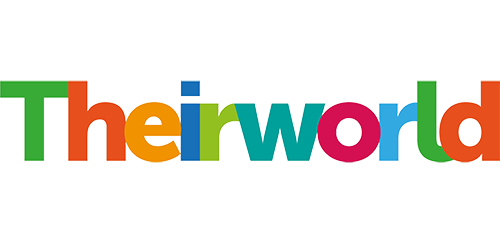According to the World Bank, 9 out of 10 children in Sub-Saharan Africa cannot read or write a simple text by the age of 10. Even further affected by this crisis are millions of refugee, migrant and internally displaced children across conflict-affected communities and camps across Africa
From piloting with 1,500 children in one refugee (IDP) camp in 2019, FastTrack has rapidly grown over the last four years. We are scaling to over 50,000 beneficiaries across ten refugee-hosting camps and communities and hope to reach 1,000,000 learners in Nigeria by 2030.
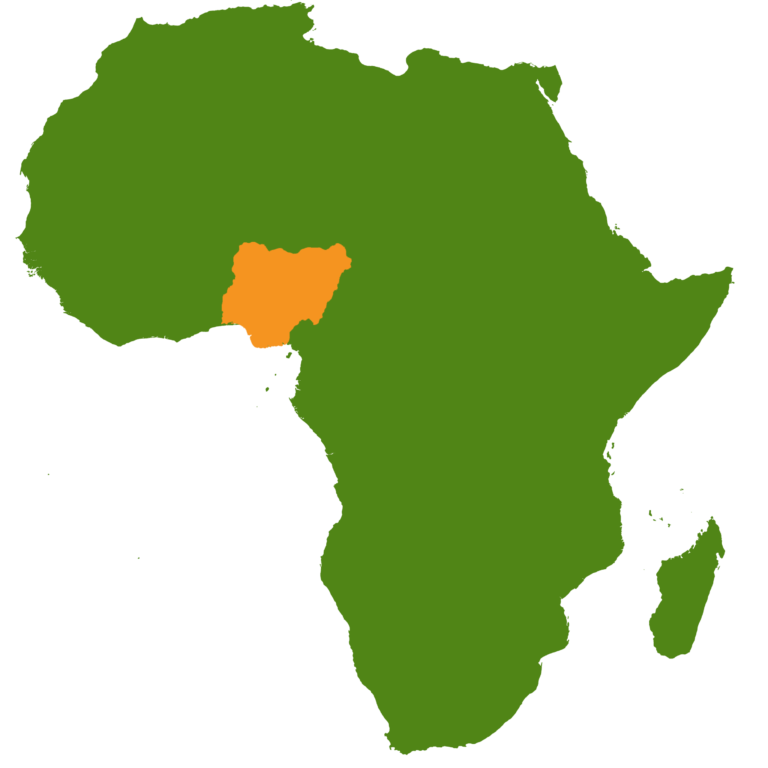
1 in 4 Nigerian children lacks access to quality education
FastTrack is a novel, technology-driven alternative educational delivery model that facilitates accelerated, remedial acquisition of quality foundational numeracy and literacy skills, particularly for disadvantaged refugee and out-of-school learners across a defined and short time span.
The Teaching-at-the-Right-Level (TaRL) methodology, a scalable and effective remedial approach that helps children develop basic reading and mathematics skills, using oral tests to sort children into distinctive groups that match their learning levels.
The Mavis Talking book and pen, an offline digital pen with audio capabilities, and a book with unique dot patterns and learner-friendly graphics to aid understanding and comprehension.
Mother tongue-based literacy acquisition model; a dual language approach which involves using Indigenous language as a bridge to learning English.
The innovativeness of FastTrack is rooted in the unique blend and synergistic potential of these three independent teaching and learning methodologies that improve the quality and accelerate the acquisition of foundational literacy and numeracy skills for learners who are lagging and need to catch up.
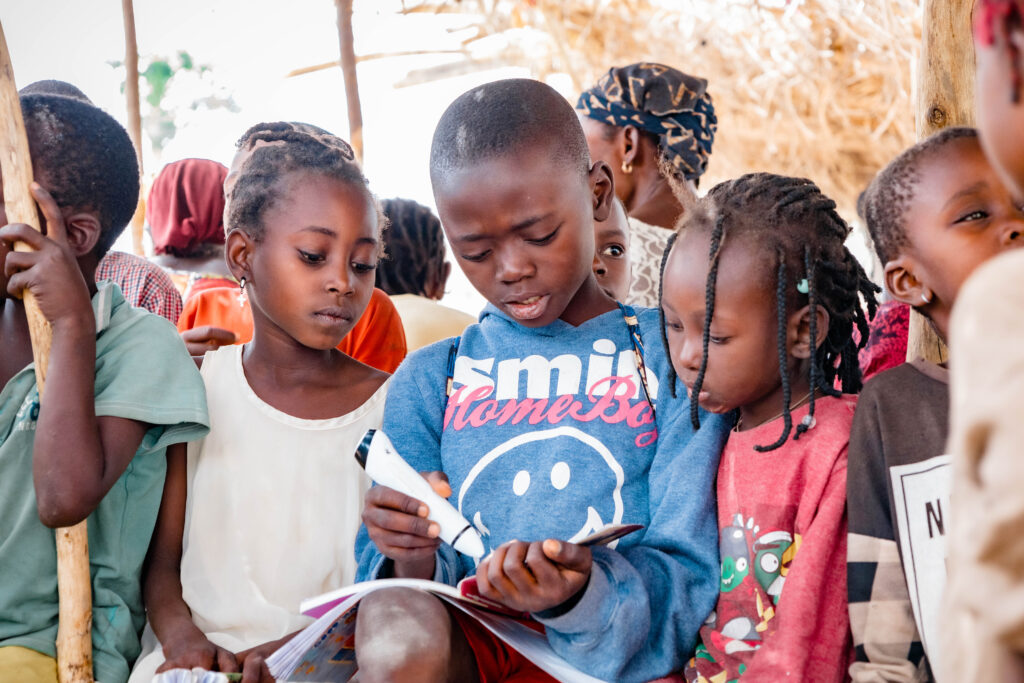
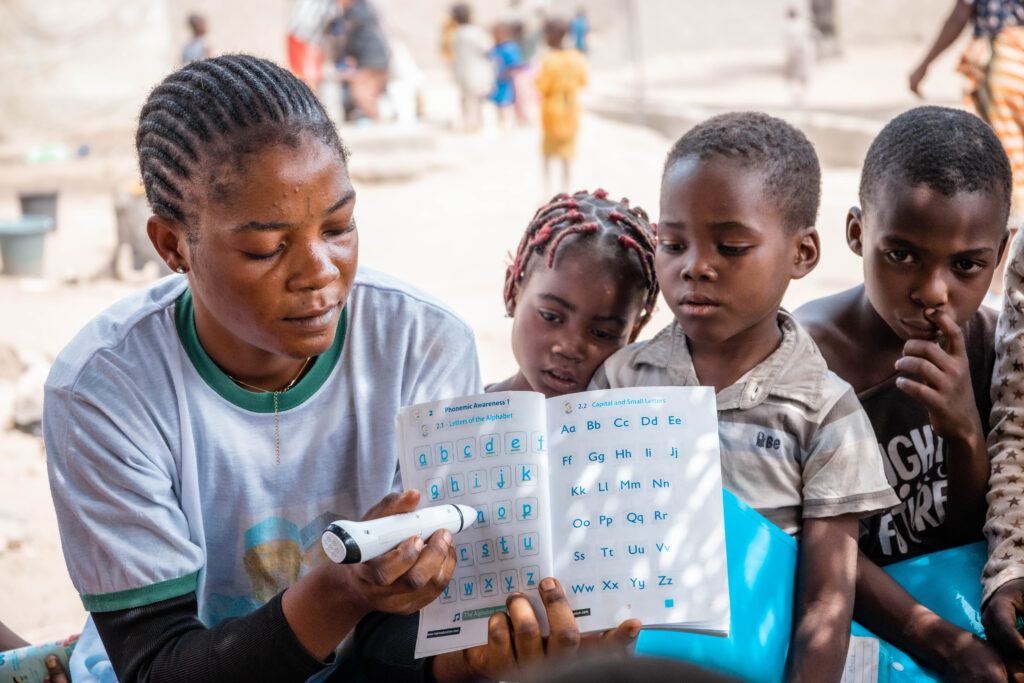
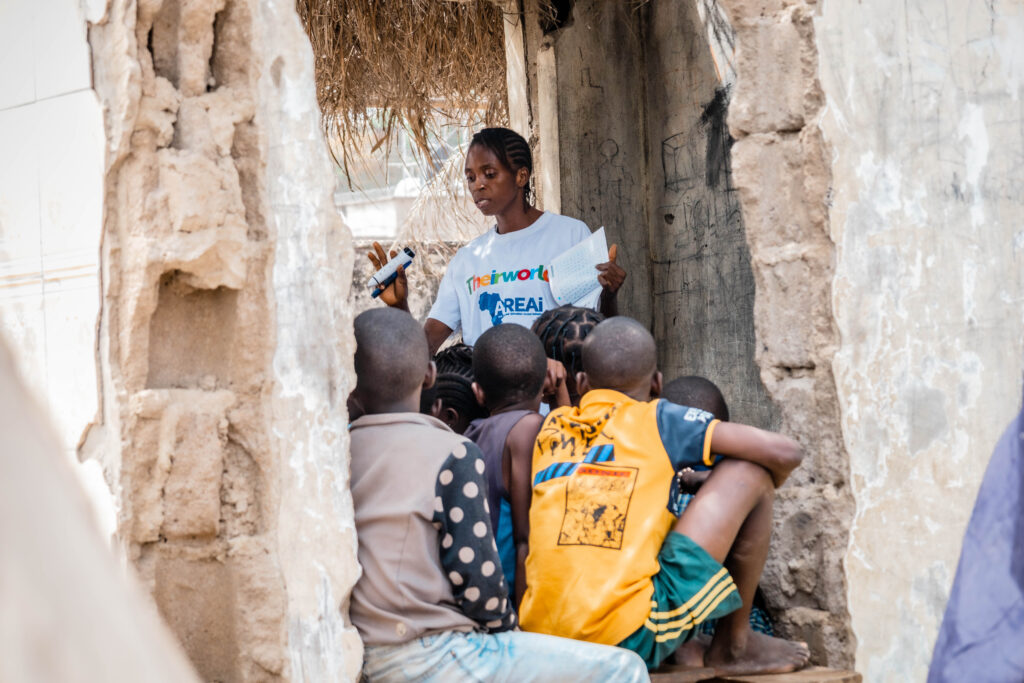

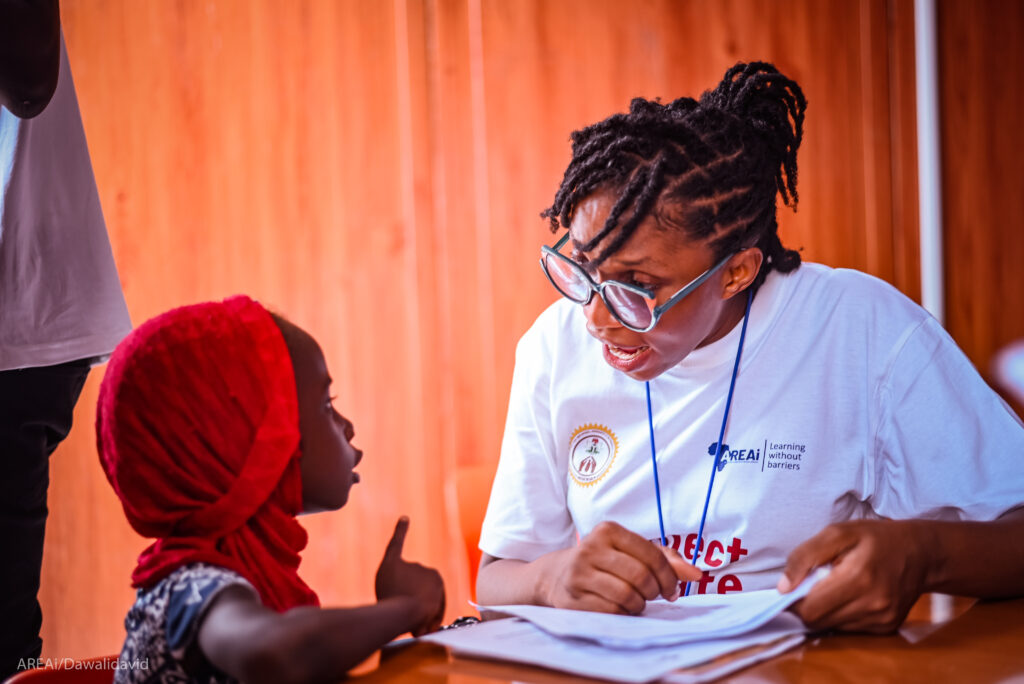
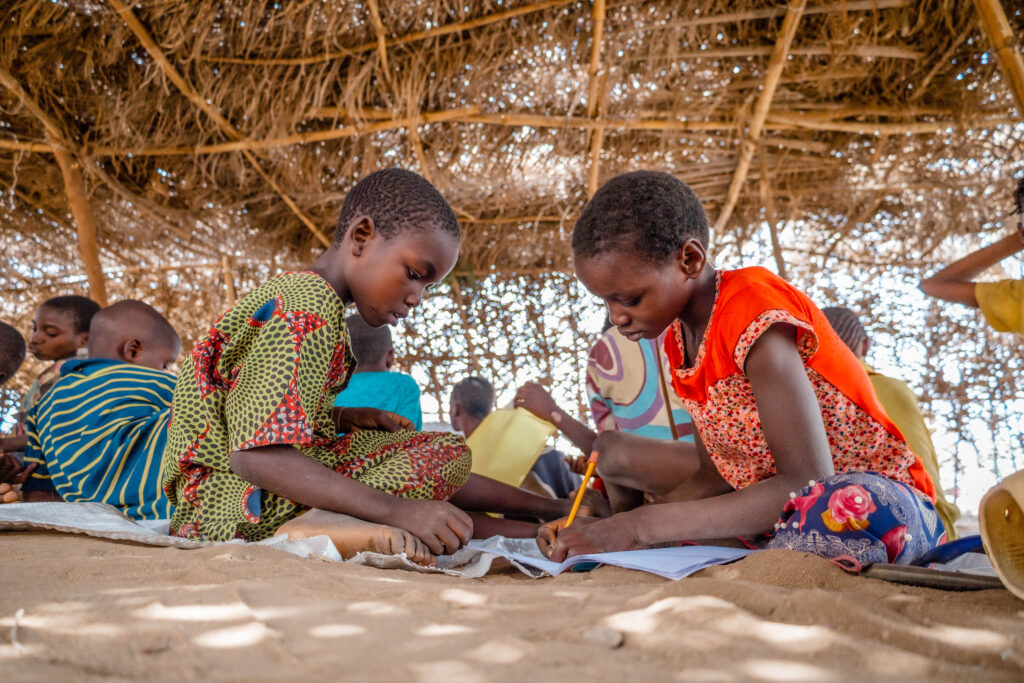
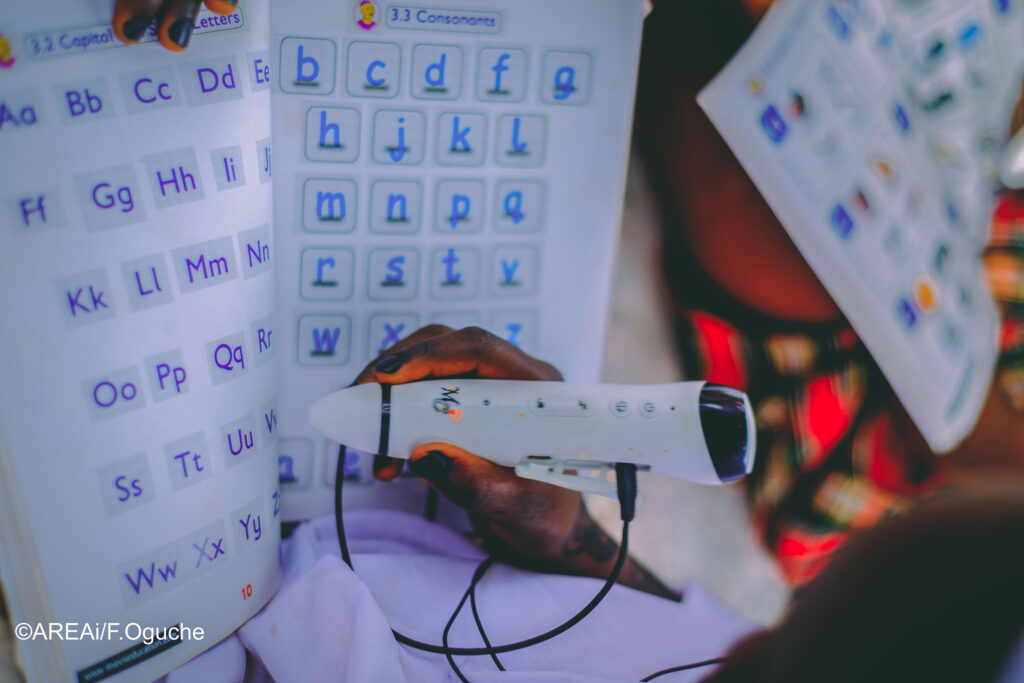
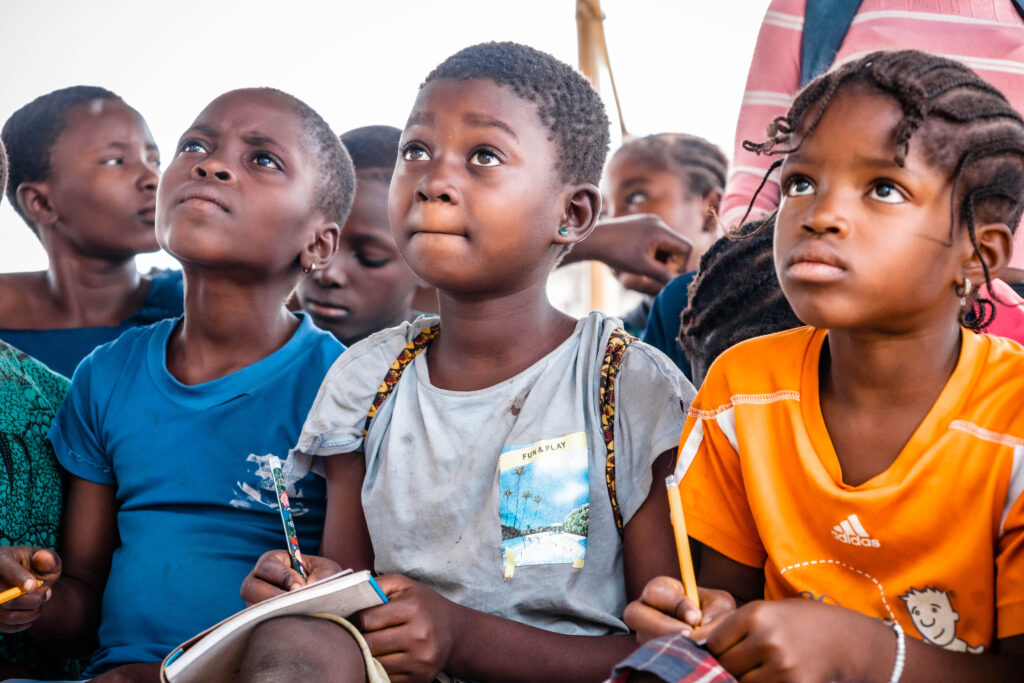
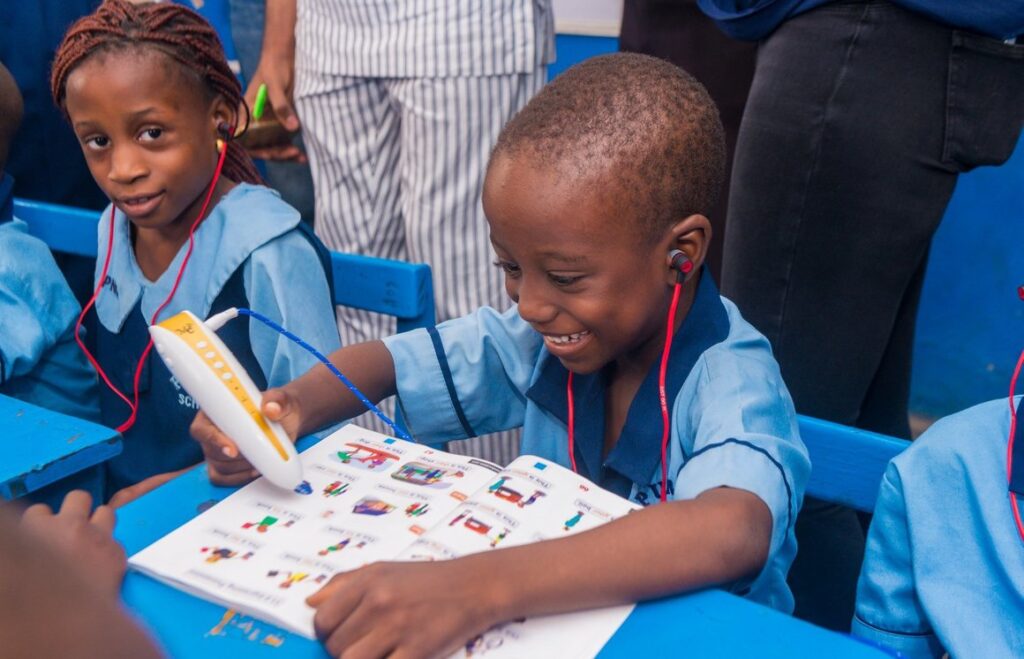
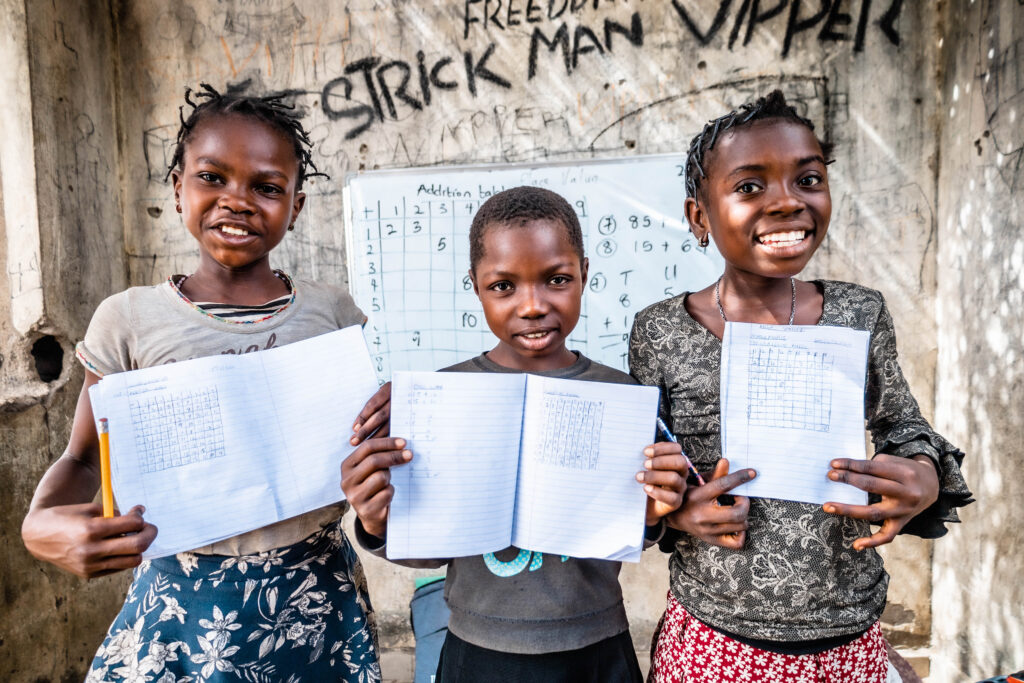
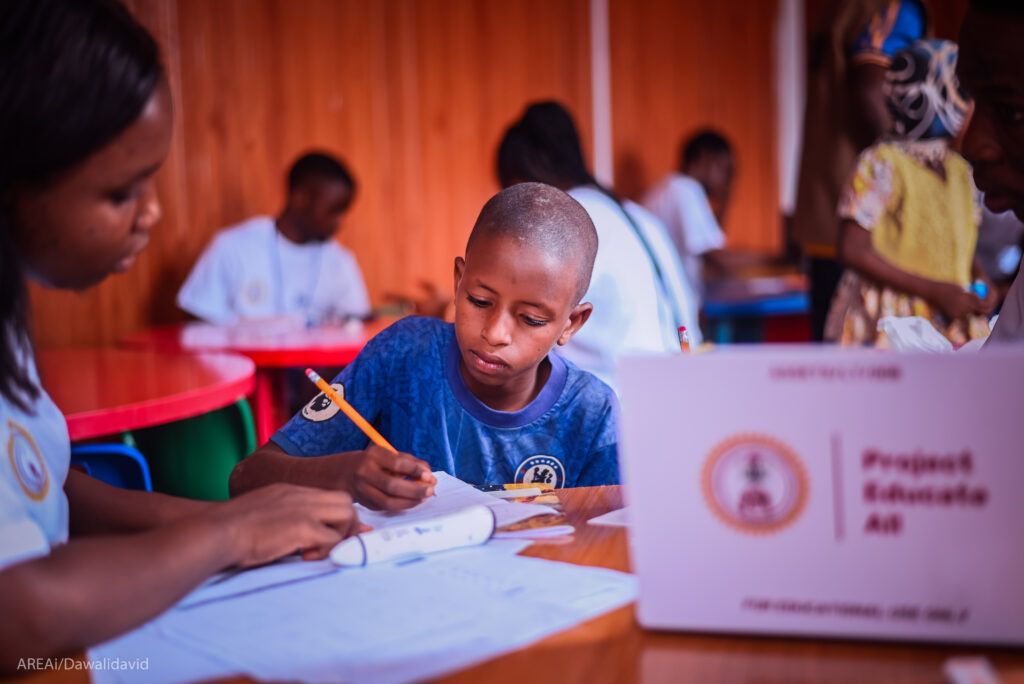

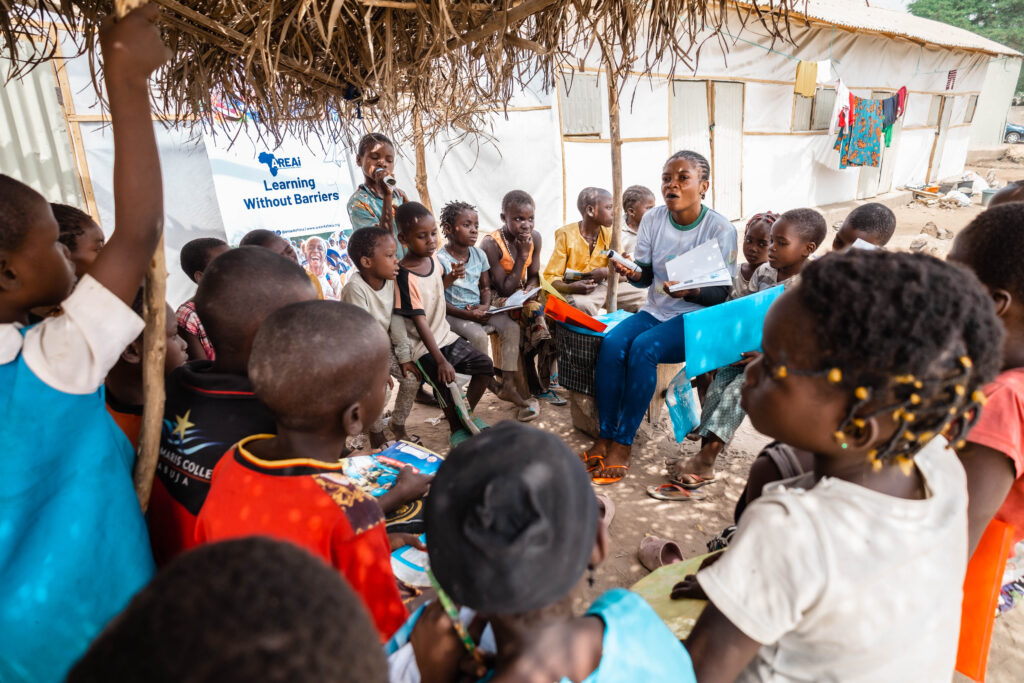
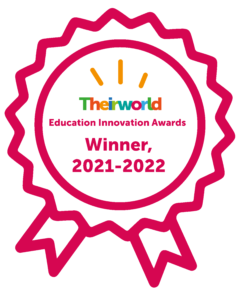
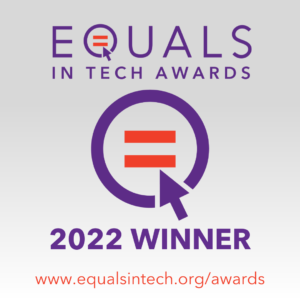
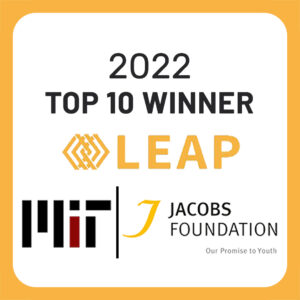

With the gift of your time, talent or donations, you can become a global ambassador for quality foundational learning for out-of-school refugee learners. You can reach us via lanre@areai4africa.org or fill out the form below.
FastTrack is a novel, technology-driven alternative educational delivery model that facilitates accelerated, remedial acquisition of quality foundational numeracy and literacy skills, particularly for disadvantaged refugee and out-of-school learners across a defined and short time span.
The programmatic elements of FastTrack are drawn from independent teaching and learning methodologies that are evidence-backed and research-driven. In simple terms, the key features of the model include assessing learners at defined points of engagement across a definitive timeline; grouping these learners in different small clusters of 10- 15 children according to their learning levels rather than their age or grade; leveraging a dual language approach (L1 and L2) to facilitate foundational skills acquisition and using an assistive technology to coordinate series of level-appropriate teaching activities within their allotted clusters.
The programme was launched in Nigeria, with a pilot implementation in Camp David Abuja, Nigeria
The target age group for FastTrack is between 5 and 14 years; however, in several circumstances, older learners have been enlisted within learning clusters with similar improvement outcomes as younger beneficiaries.
FastTrack is a programmatic intervention deployed and implemented across a definitive timeframe within situated or controlled environments.
Our delivery model is a 60-day intervention implemented within learning clusters of 10 to 15 students. In this period, trained facilitators engage learners within makeshift learning environments provided in partnership with camps or communities. Within clusters, students learn with activities targeted to their learning levels, allowing them to express themselves freely when they do not understand and creating an environment conducive to learning. We have a direct delivery model within refugee camps, with independently hired and trained facilitators, and a government delivery model with the national youth service program within communities.
There are five (5) proficiency stages each for literacy and numeracy. The literacy learning levels include beginner, letter, word, paragraph and story, while the numeracy learning levels include beginner, one-digit, two-digit, subtraction and division.
The preliminary phases of FastTrack, including pilot and subsequent deployments, relied extensively on financing through competitive grant-making processes. We have also received innovation funding awards through participation in global accelerators. FastTrack is currently being scaled through paid contracting and implementation funding from governmental partnerships across local, state and national levels.
The Mavis Pen is a digital pen with audio capabilities and sufficient memory to store up to one hundred (100) Mavis Book programs in it. When the tip of the Mavis Pen is tapped on the text or pictures on the specially printed Mavis Book, it plays out the corresponding audio stored in it. Built for the poorest and marginalized communities, the digital pen is portable, has ultra-low power (2.5 watts) and an inbuilt rechargeable battery (400mAh). When fully charged in 1 hour using the simple solar compact kits, the pen can work for up to ten (10) hours of continuous use. We have about 12 different books used across the different learning levels that have been programmed into the Mavis Pen.
The various interactive learning sessions facilitated with the Mavis Talking Book and Pen is a major fascinating highlight for young learners. Utilizing the ethos of learning through “Play”, we reinforce learning concentration and sustain engagement with learning activities with this technology tool as part of our programme.
Our facilitators use individual assessments to determine learners’ literacy and numeracy abilities. For example, for local language literacy, the teacher begins by providing a paragraph for the learner to read to establish if they can read at that level. If the learner can read the paragraph, the teacher moves on to the next level; if not, the teacher provides a task at a lower level until the correct level is identified. Based on this assessment, learners are grouped with others of the same ability level, regardless of age or grade. A similar approach is used to assess learners’ numeracy levels. The oral, one-on-one assessment method allows teachers to identify individual learners’ needs and motivates them when they see improvement. Regular assessments also reinforce a focus on specific learning goals related to foundational literacy and numeracy development
You can volunteer as a paid facilitator; either a Youth Fellow (deployed from the National Youth Service Corps) or a Community-based facilitator if you are situated in any of our sites of implementation.
We welcome donations to sponsor individual children or groups of learners within a cohort or across cohorts. You can reach out to us via our contact form or via email: lanre@areai4africa.org
Currently, FastTrack is not implemented within formal schools. However, many schools are greatly influenced by the academic attainment demonstrated by beneficiaries who have undergone the FastTrack programme.
Facilitators benefit greatly from the quality of the rigorous teacher professional development model we operate for FastTrack. FastTrack facilitators, either Youth Fellows recruited through a partnership with Nigeria’s National Youth Service Corps or community-based educators who often have limited professional teacher training, are subjected to initial familiarisation training for three (3) days, followed by practice classes for an additional three (3) days. While teaching and learning support materials are provided, they also enjoy ongoing mentoring and access to 3 days of refresher training across the implemented period. At the end of the engagement, all are also issued a Certificate of Proficiency in Alternative Education Methodology.
Over time, learners often follow two pathways: a primary and intended path of re-enrolling into formal schooling or the conventional educational system and a secondary path of pursuing entrepreneurial or vocational ambition.
